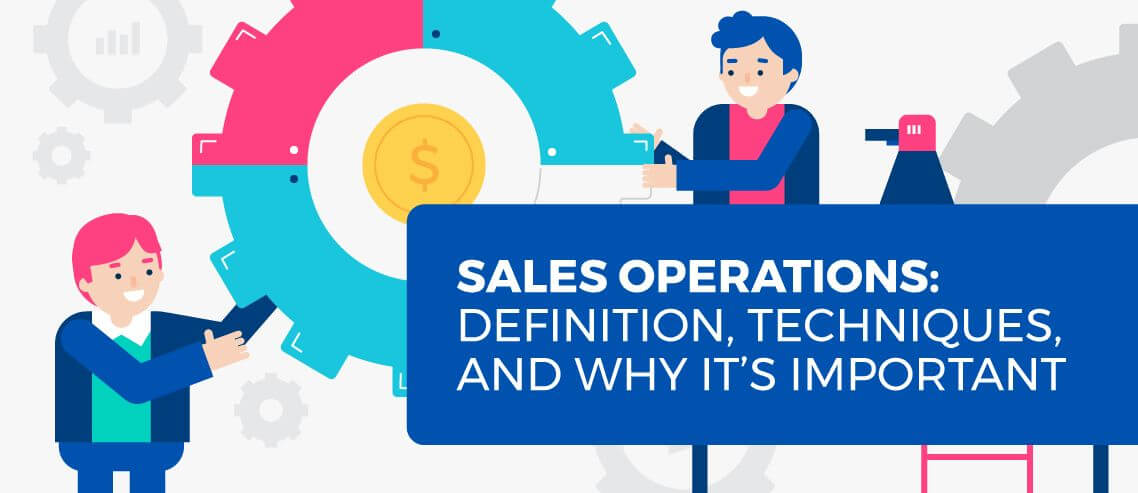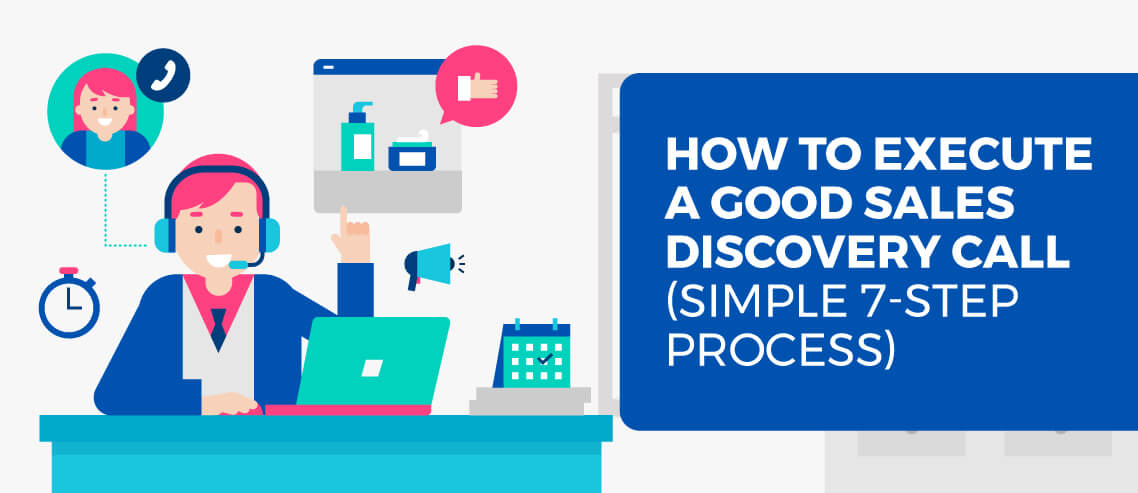What Is a Business Development Representative? (& How BDRs Lift Sales)

Contents
Have you ever searched the keyword “business development” on LinkedIn?
If so, you probably noticed how many different job titles are associated with it: everything from Business Developer to Chief Business Development Officer.
Business development is such an important role — and such a broad field — every organization has their own idea of what it is and the tasks it involves.
What we need is a high-level understanding of this role, so we can agree on what it is, how it fits into your business, and what it can do for you.
Keep reading to learn everything you need to know about this important role:
- What is a business development representative?
- What does a business development representative do?
- What skills does a BDR need to succeed?
- The business development process
What Is a Business Development Representative (BDR)?
A Business Development Representative (BDR) is the person within the sales team who is in charge of bringing new business opportunities, usually through cold email, cold calls, networking, and social selling.
Business Development is the process of driving strategic opportunities for a business or organization. While it may be used to drive partnerships and/or growth, business development is most often leveraged within the sales team for lead generation.
Where Do BDRs Provide Value?
For any organization interested in creating inbound opportunities, business development representatives are invaluable. They make sure every channel is optimized, and then leverage them to provide a constant flow of leads.
Be aware: Business development representatives generate leads, but they don’t actually convert them. That’s the responsibility of the sales team. BDRs support your sales reps’ by developing a strong inbound strategy.
Also, business development representatives don’t focus on organic leads. Instead, they hunt for new, untouched opportunities that can help you expand your markets and find more leads.
Think of them as the front line of the company — responsible for sparking interest in people who probably don’t even know they have a need for your solutions.
But how does business development work? What does the BDR actually do? Let’s take a look.

What Does a Business Development Representative Do?
Business development representatives are responsible for:
- Finding new leads
- Qualifying them
- Then pushing them to their sales colleagues (such as an account executive)
Business development reps are usually hired when companies are ready to scale from small startup to fast-growing company, or when inbound leads aren’t enough to keep the pipeline full.
When an organization needs more leads than they can generate through digital marketing, BDRs can create more opportunities by actually engaging with potential buyers.
How do they do this? Through 6 key tasks.
1. Research
BDRs look for untapped markets and new channels where your ideal customer hangs out. Using your customer profiles, behavioral data, and insights, they find new opportunities forlead generation.
MORE: The Complete List of Sales Prospecting Tools
2. Lead Generation
Business development representatives are primarily engaged in lead generation, building lists of people they could possibly reach out to.
MORE: 5 Channels You Can Use to Generate Leads for Free
3. Cold Calling
Cold calling is one of the most effective techniques available for engaging with potential leads. It’s often mystified and denigrated, but the truth is, no other activity can match cold calling at driving results — and BDRs are masters at it.
MORE: Ultimate Guide to B2B Cold Calling
4. Cold Emailing
Cold emailing is another powerful way to test a new market and generate leads. BDRs understand how to develop email campaigns and craft cold emails that work.
MORE: 15 Cold Email Templates to Generate More Leads
5. Networking
In addition to online activities, networking is an effective tool in the hands of BDRs. They’re “people” people who are adept at building face-to-face relationships, which helps them build trust and eventually drive more leads.
MORE: The Perfect Networking Follow-Up Email Strategy (With Templates)
6. Social Selling
And last but not least, we can’t underestimate the power of social media. An effective BDR knows the importance of being top-of-mind with their target. Choosing the right platform and regularly engaging with the target can help business development representatives build field authority and convince leads that they are an expert. This boosts trust and eventually generates valid opportunities.

What Skills Does a BDR Need to Succeed?
The first skill any business development rep needs is market and industry knowledge. They need to understand the challenges in their market, the solutions people are looking for, and the trends in and around their industry. To find a good business development rep with such skills, many big companies use services such as it recruitment, and more others
But simply knowing the market doesn’t guarantee success.
On the job, BDRs hear a lot of No’s. They experience rejection on a daily basis. And unlike their partners in Sales, they never get the dopamine rush of completing a sale. So they need to be able to stay on-task and motivated even on the most challenging days.
With that in mind, here are 4 soft skills every business development representative needs to get the job done.
1. Creativity
Creativity is one of the top skills a business development representative needs. Why? Their job depends on their ability to come up with original ideas to connect with their audience.
Once they connect with a lead, they also need to be able to respond creatively to objections. (Leads always seem to have new objections to what you offer!) BDRs who can think outside the box and, when necessary, go off-script are the ones who will drive more qualified leads.
As a bonus, creative, business development reps can set their organization apart from competitors and find innovative ways to spark interest.
2. Adaptability
BDRs spend most of their time talking to different kinds of people, engaging with leads from different backgrounds, all with different expectations.
Being adaptable and able to deal with change quickly helps reps create a connection and drive results — regardless of the unexpected turns a conversation might take.
3. Active Listening
This is definitely a must-have for any good business developer. Being able to hear the unspoken message and capture what someone is trying to communicate helps BDRs address objections early.
As active listeners, BDRs don’t just nod to anything people say. They’re focused on the underlying meaning — understanding, not just hearing, what’s being said.
This helps them establish a connection, making people feel special and well taken care of.
4. Persistence
Last, but not least, BDRs need to be persistent. It takes many cold calls before getting someone truly interested in your solutions.
Remember, a 20% success rate means an 80% rejection rate.
Good business developers are able to keep going despite rejection. They’re patient. They understand that business development is a long-term game and that, regardless of what they’re working on, it will take time to generate the results they expect.
The Business Development Process
Adding a business development representative to your team is an investment in growth. But before you jump into hiring one, you need to set appropriate expectations.
Get a deep understanding of the business development process and what the BDR needs to succeed. (It’s not enough to give them a phone and a quota.)
You need to invest in researching your audience. You need to give BDRs all the information they need to creatively expand your reach and generate leads.
And you need to be aware that business development is a long-term investment that requires a lot of energy.
Prepare your senior team to support your business development representatives. Put effort into keeping them motivated.
Business development is a tough game, but one that can drive huge growth when well-executed!





